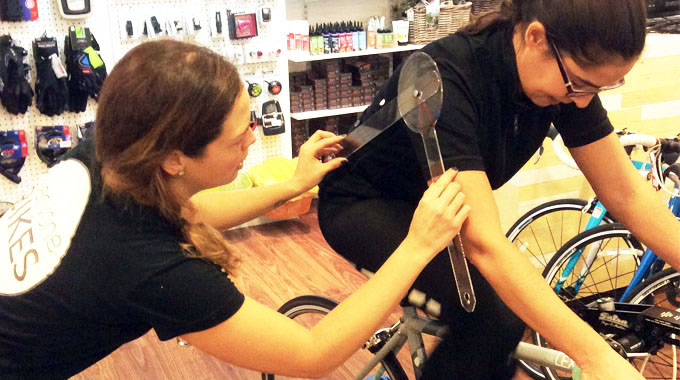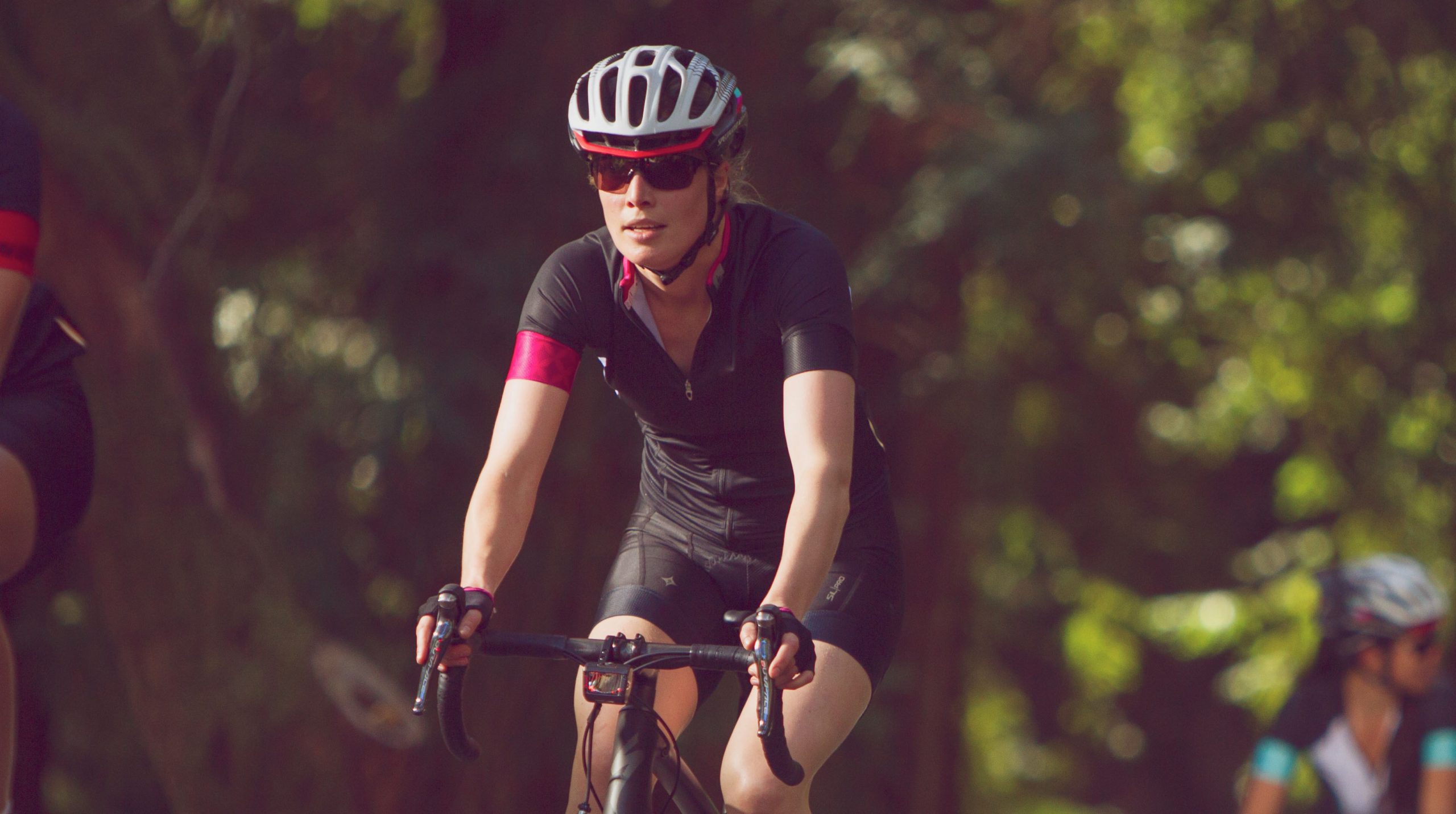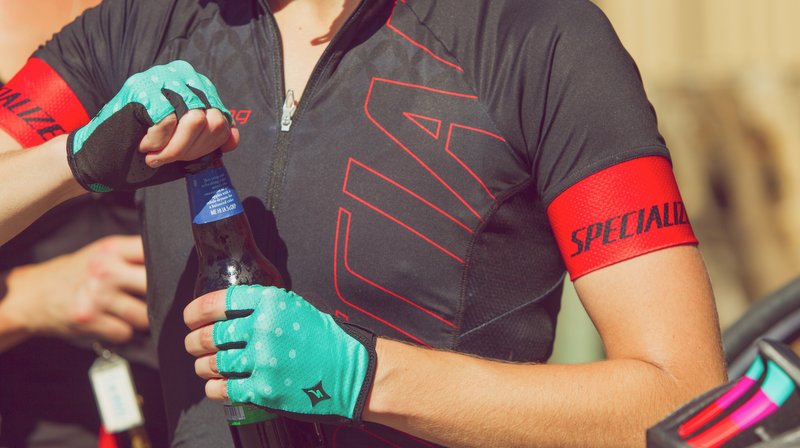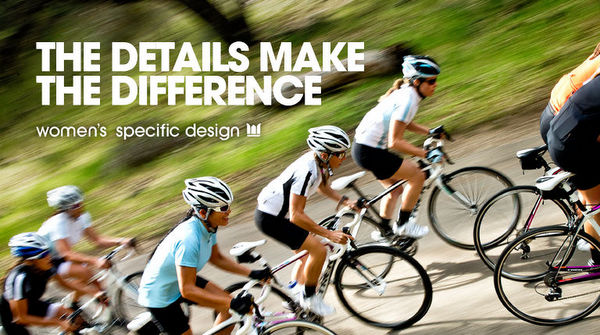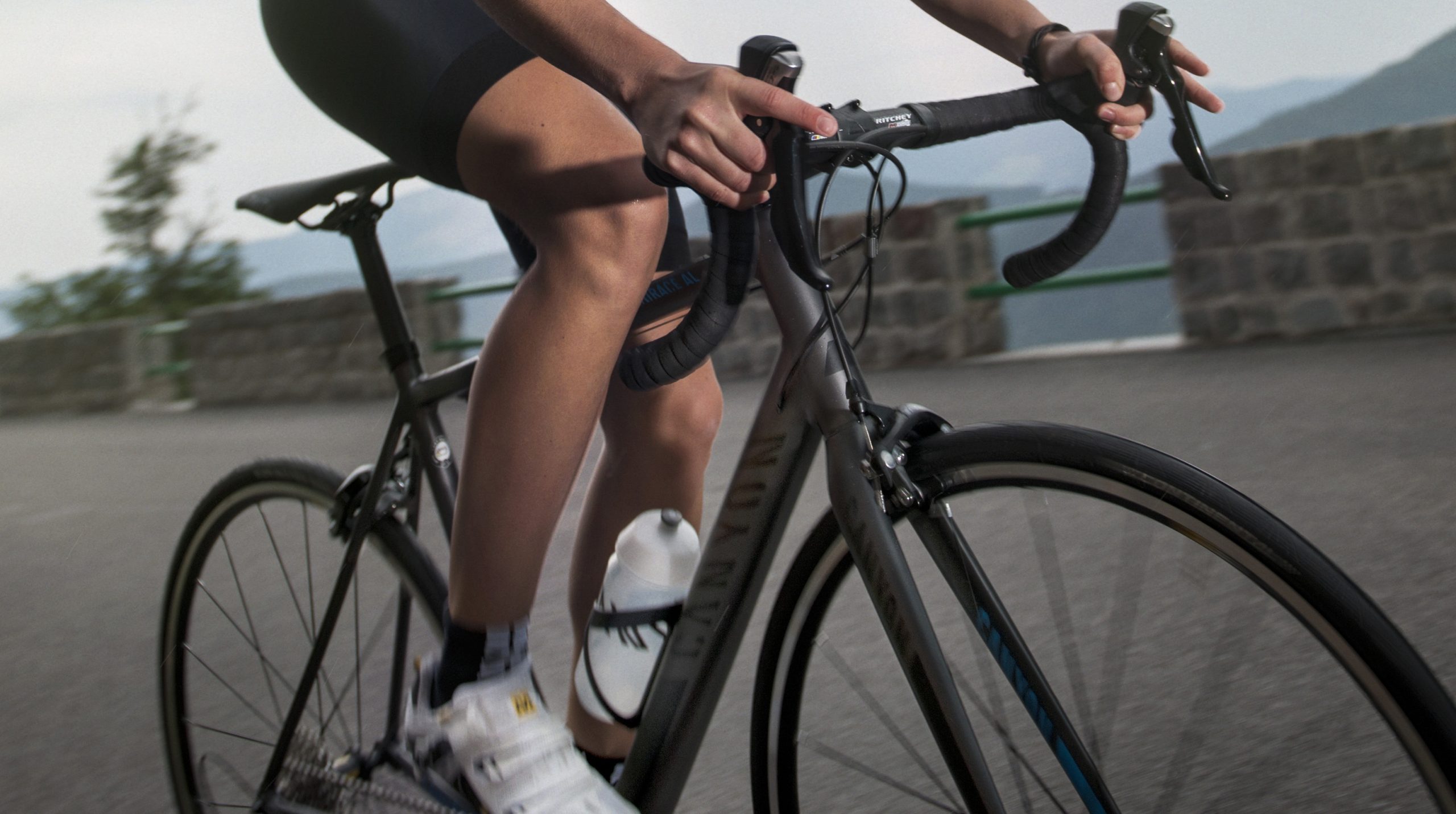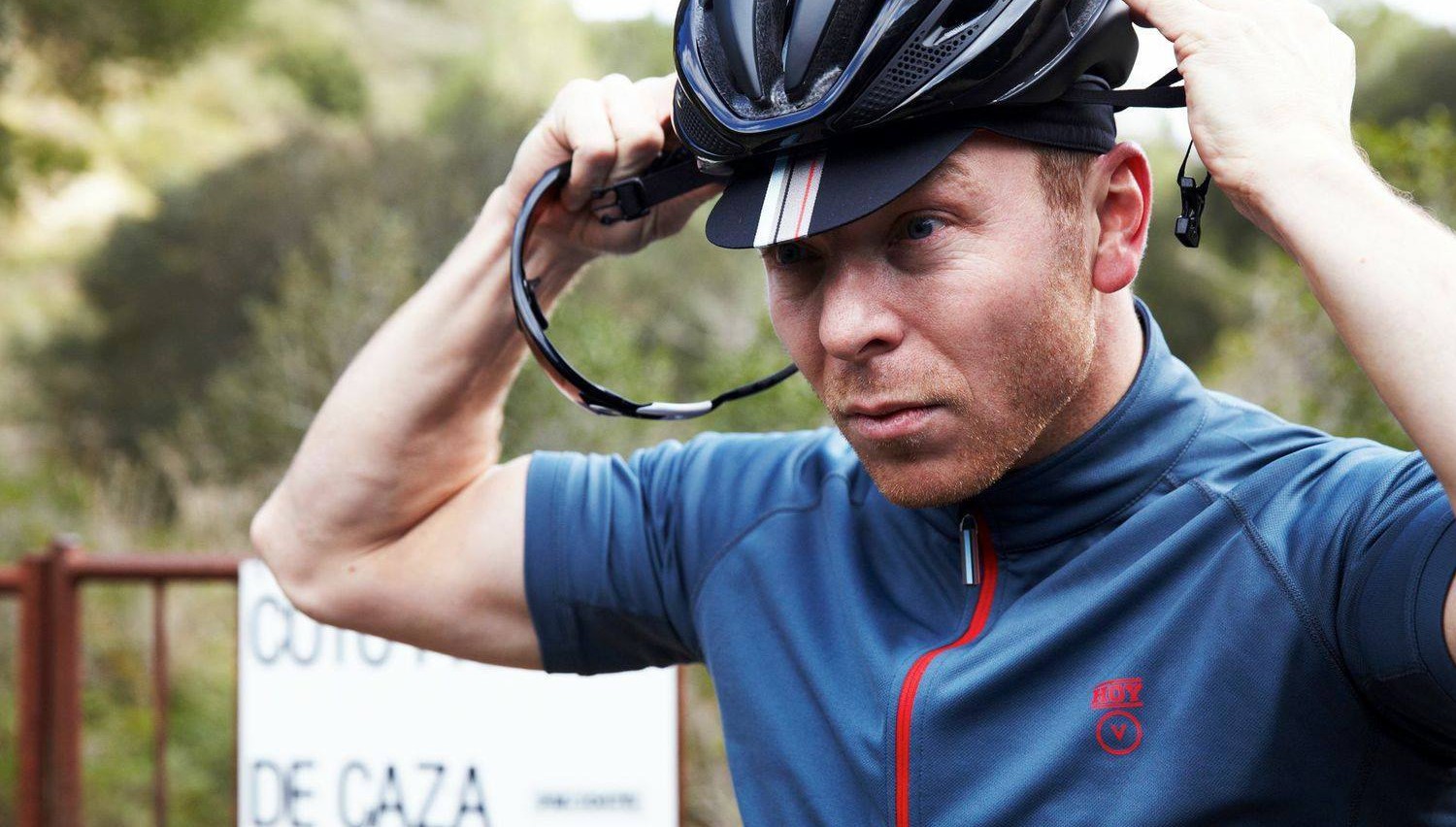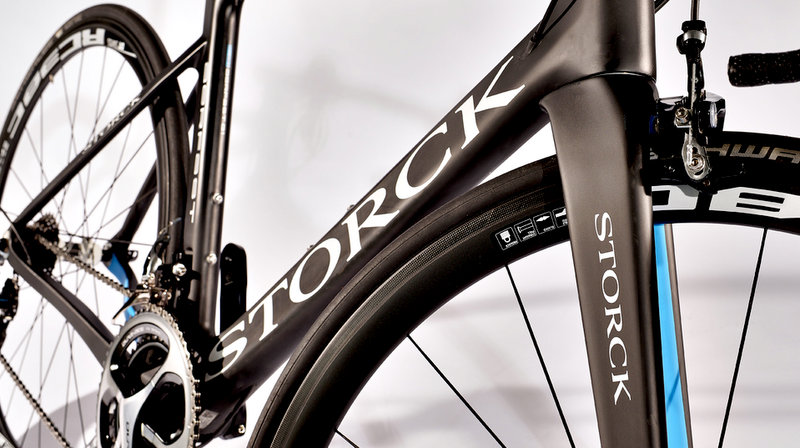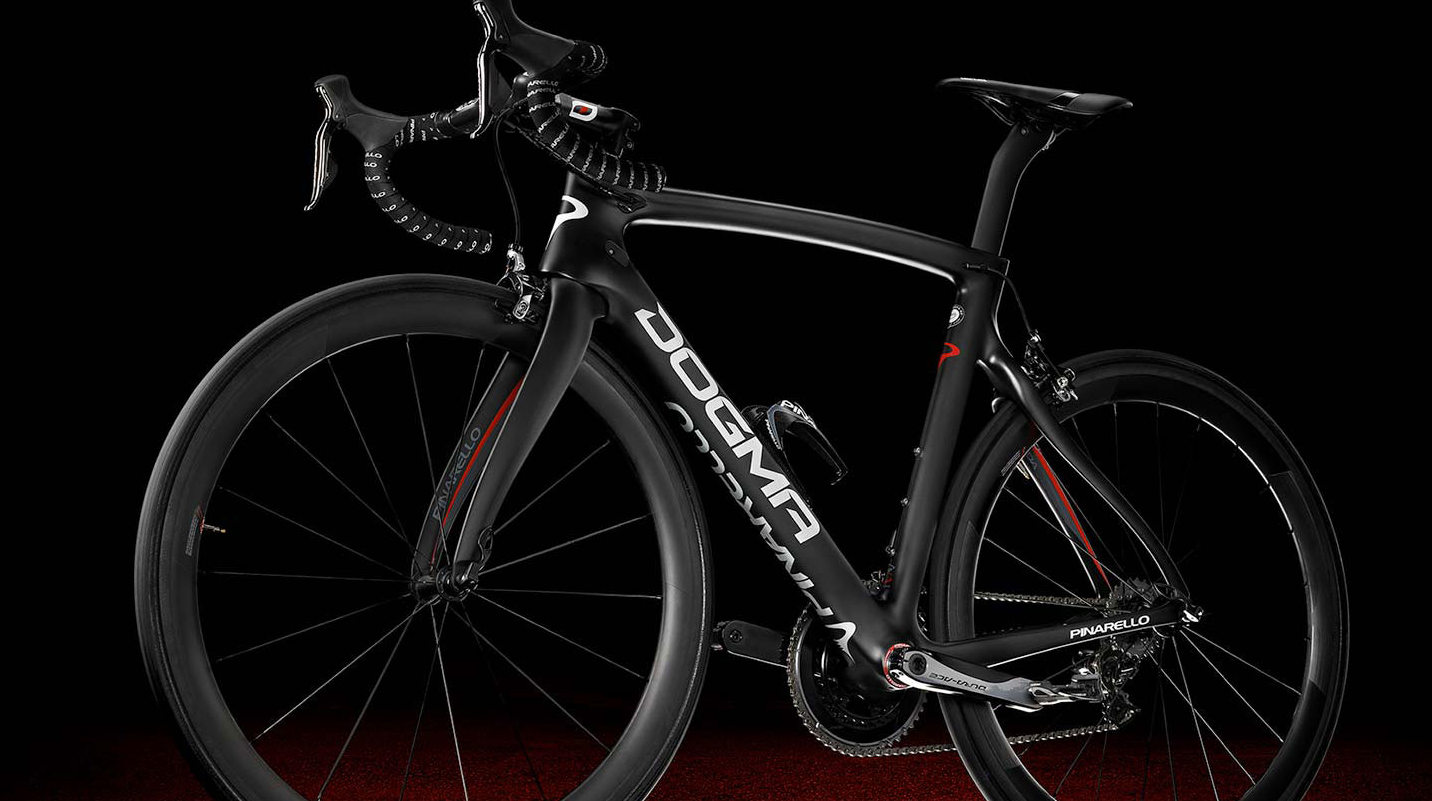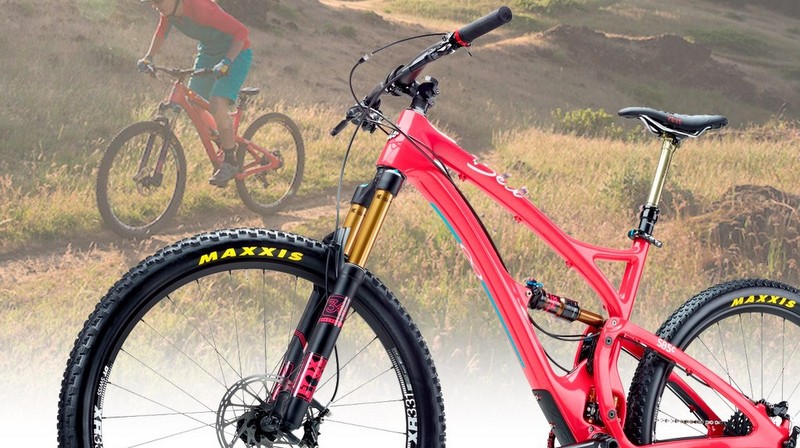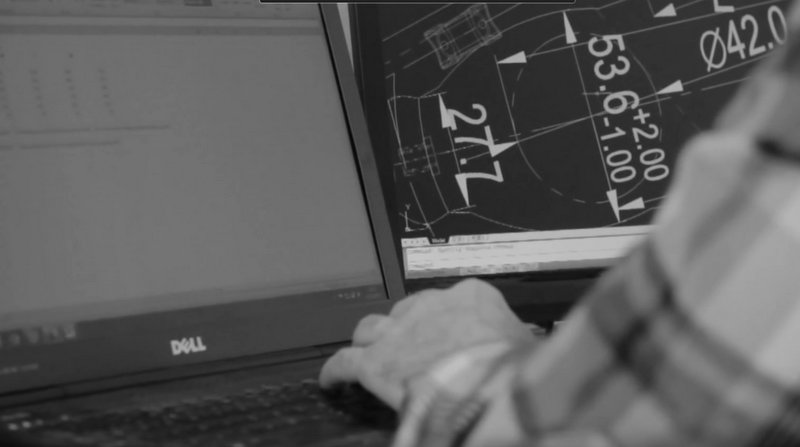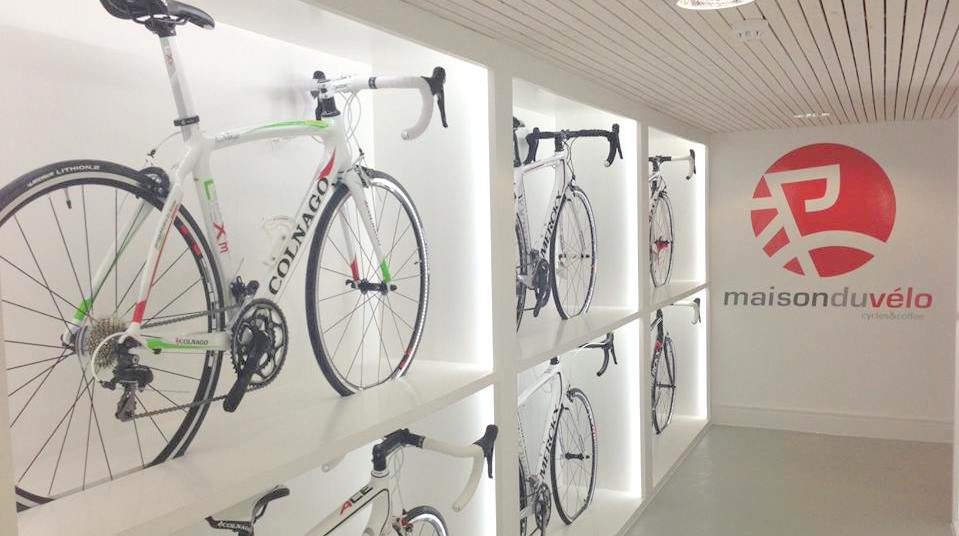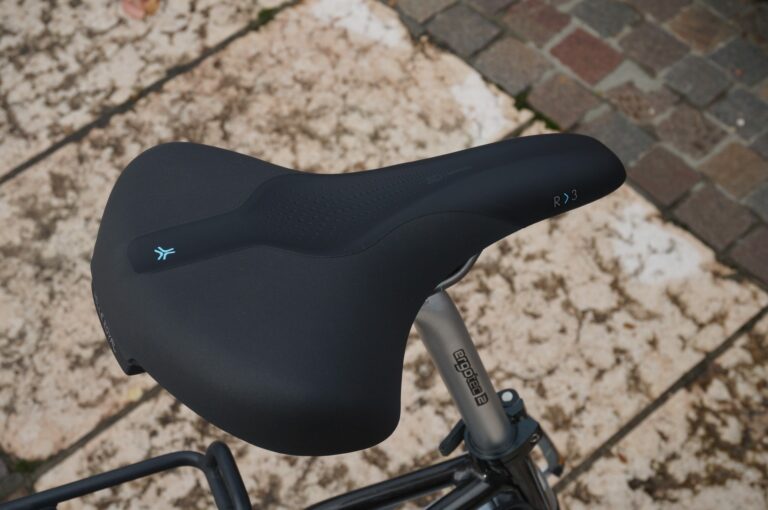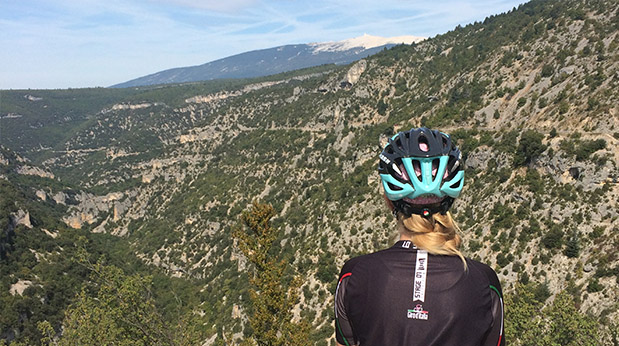We’re not here to tell you that you’ve got long legs
Firstly – we’re not here to tell you that women have shorter bodies and longer legs than men. This has been a popular theory for years – but the further we dig, the harder it is to find any data that actually proves it.
In fact, when we asked James Olsen, bike designer for HOY, Pinnacle and once Genesis, he told us:
“I’ve got some sets of anthropometric [human measurement] data and I’ve not found anything there that agrees with the ‘longer leg shorter torso’ thing.”
This alone is an interesting development – because brands have been creating female specific bikes with shorter top tubes for decades. All things being equal, the shorter the top tube, the less racey and aggressive a bike is to ride. It is possible to reduce the reach by using a shorter stem – but this will make the steering on a bike more twitchy.
We had to investigate – so we interviewed brand reps from some major frame manufacturers, as well as a bike designer and a bike fitter. Every expert agreed that the short torso/long leg myth is a myth – but some gave other reasons behind women’s specific bikes:
Reasons for Women’s Specific Bikes
- Women generally have less muscle mass, and therefore less core strength, so should not be placed in a stretched out position – so a shorter top tube is used
- Women may have proportionally shorter arms than most men
- Women generally carry weight around their hips as opposed to their upper body – they have a different centre of gravity and weight distribution to men – so bikes should be designed to cater for this
- Women are generally lighter. The frame should use thinner material, meaning the bike weight is of a smaller proportion of the rider’s weight, it doesn’t need to be as stiff as women generally produce less power.
- The frame stays the same but the finishing kit is different. The average woman needs a female specific saddle, handlebars and cranks, to make the bike fit. The average man doesn’t need to go out and buy these for a brand new bike, so the average woman shouldn’t have to either.
- The average woman shops in Topshop, not Topman. Marketing to women will encourage them to buy bikes – and why shouldn’t we like a more feminine paint job, anyway?
Of course, there were some who said they didn’t believe we needed women’s bikes at all. Here’s what our experts had to say…
